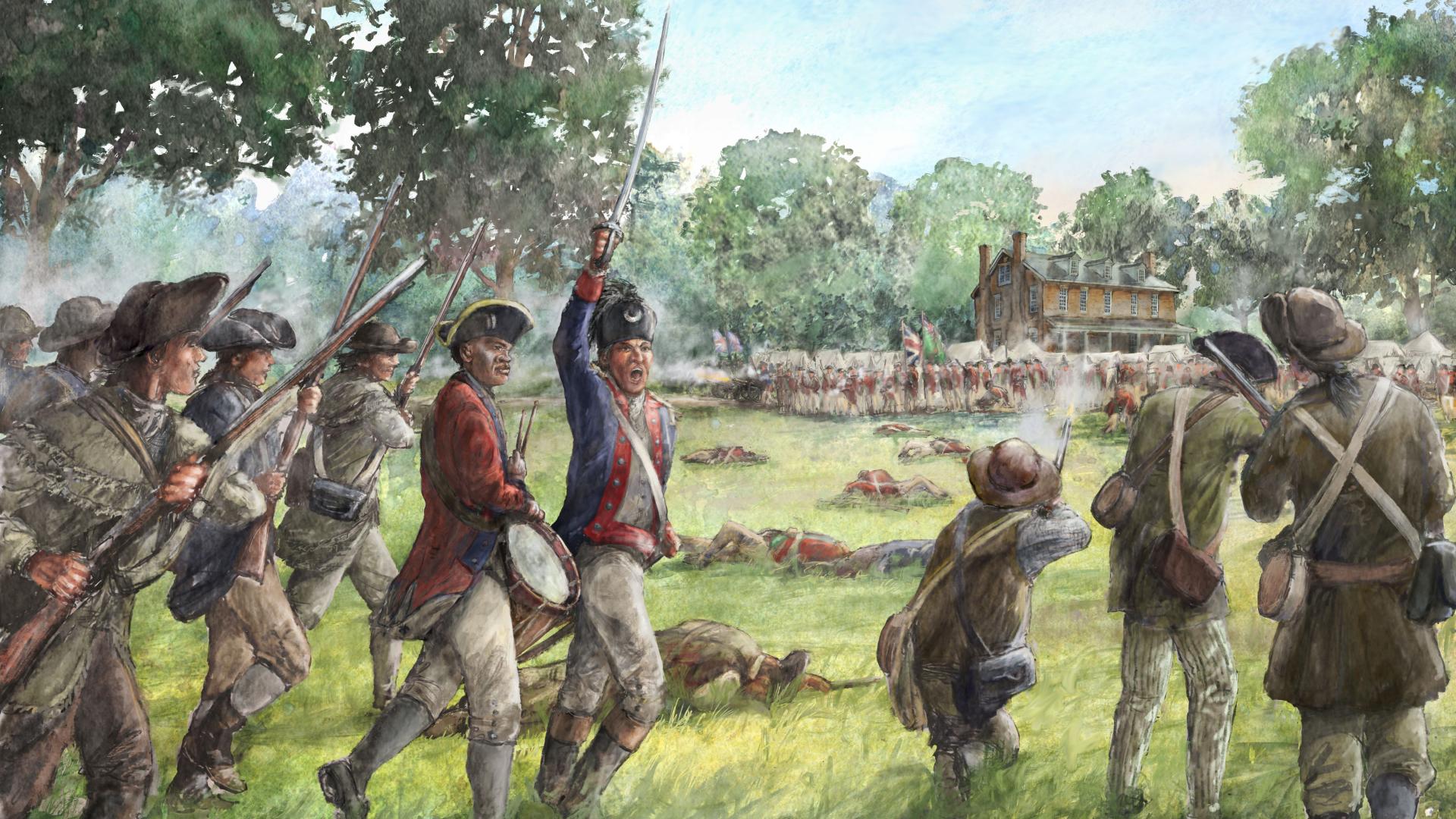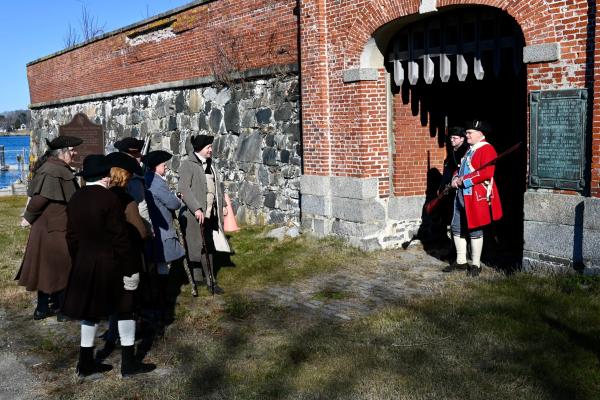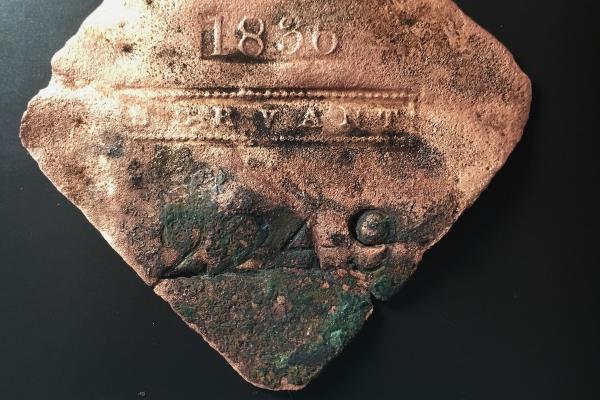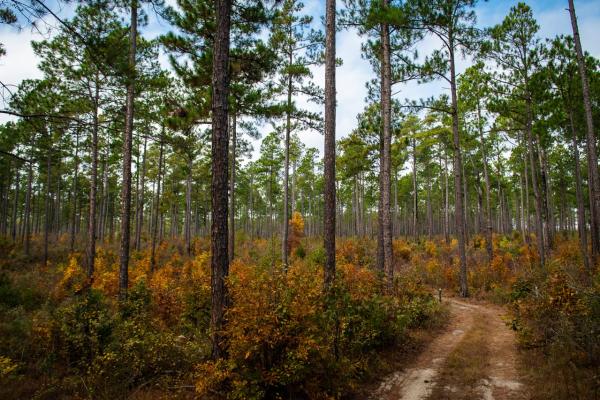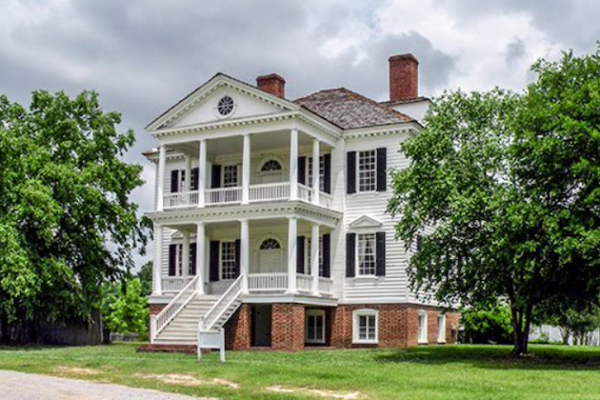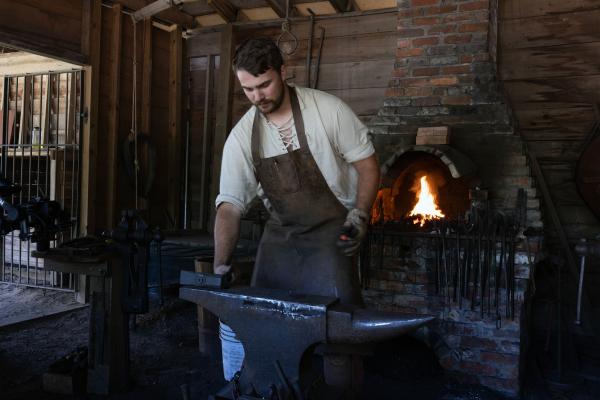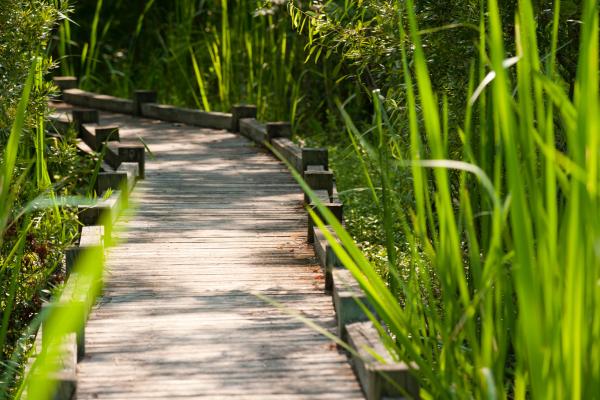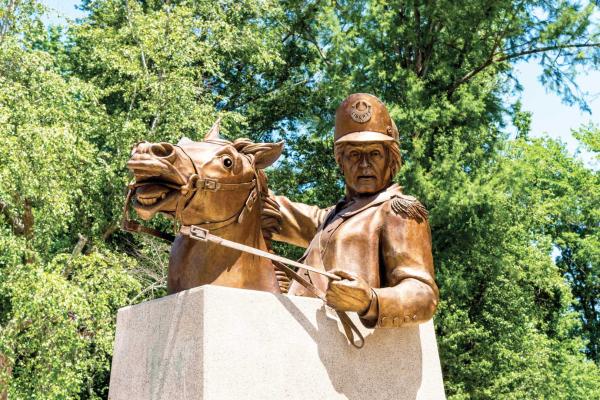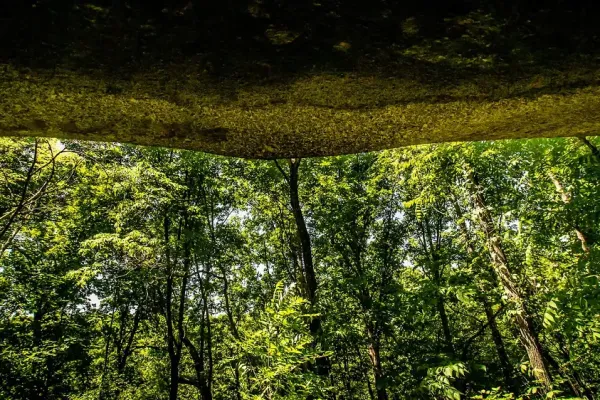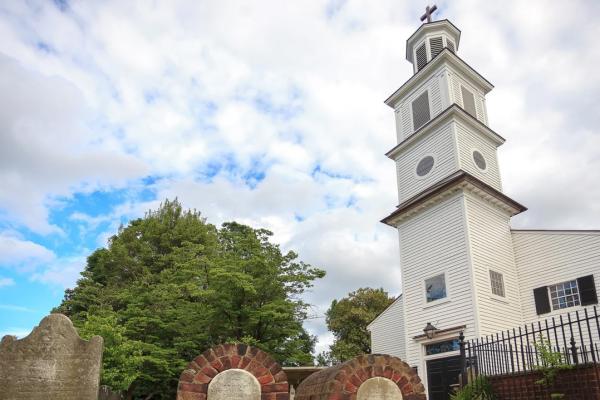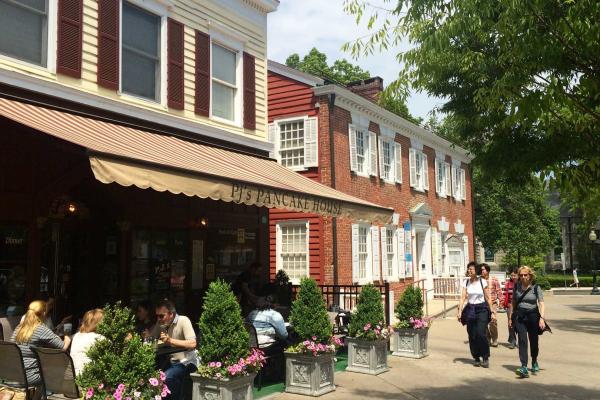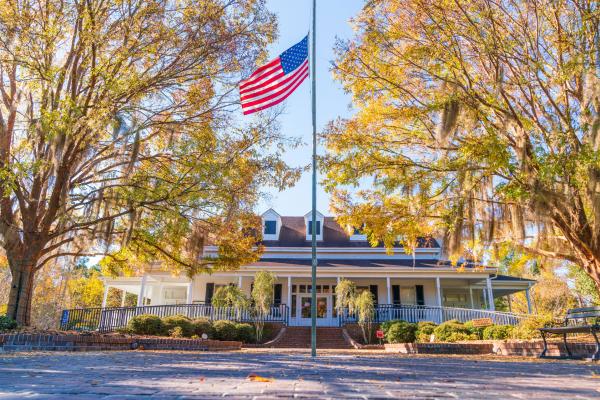Guest blogger George Weghorst shares a deceptively familiar story from the earliest days of the American Revolution.
Kate shares an account of a stop on The Liberty Trail in New Jersey, centered around the dramatic capture of the British supply ship HMS Blue Mountain Valley during the American Revolution. After a grueling 13-week voyage, the ship limped into Sandy Hook, where Patriots seized its first mate and launched a surprise boarding operation. Expecting military supplies, they instead found a cargo of coal, porter, beans, potatoes, sauerkraut, and hogs—more fit for a feast than a fight.
Learn more about how The Liberty Trail is blazing paths across the east coast.
Visiting historical sites provides unrivaled experiences and education opportunities.
John Laurens, a Revolutionary War hero and close friend of Alexander Hamilton, was a strong opponent of slavery despite his father being a wealthy slave trader. He proposed enlisting enslaved people into the Continental Army and freeing them after the war. Laurens was killed at the Battle of Tar Bluff in 1782 at just 27 years old. Recent excavations at the site uncovered relics from the battle, including a slave tag from 1836, highlighting the ongoing struggle against slavery. Laurens would likely have supported later efforts like Harriet Tubman’s 1863 Combahee Ferry Raid, which freed over 700 slaves.
Uncovering History
We invite you to visit the preserved locations along the Liberty Trail and to immerse
yourself in the extraordinary events that determined the fate of a nation.
